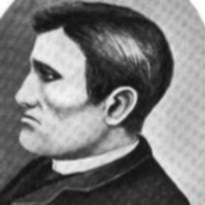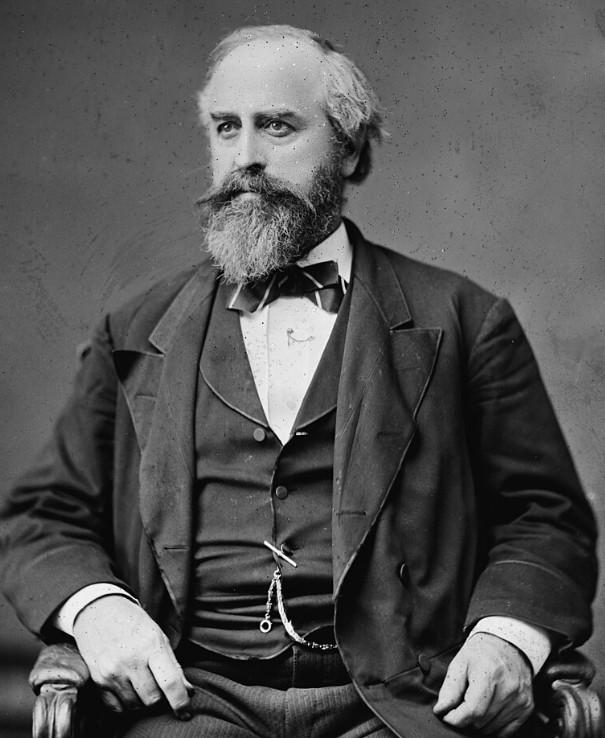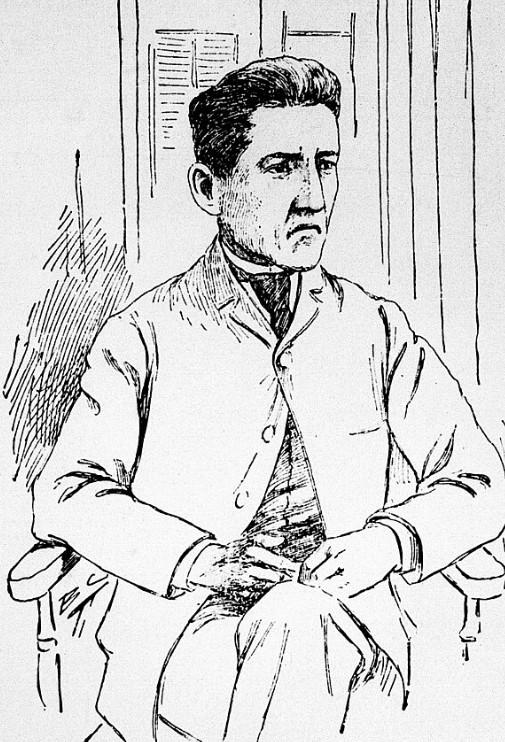
1868 - 1894
Patrick Eugene Joseph Prendergast
Summary
Name:
Years Active:
1893Birth:
April 06, 1868Status:
ExecutedClass:
MurdererVictims:
1Method:
ShootingDeath:
July 13, 1894Nationality:
USA
1868 - 1894
Patrick Eugene Joseph Prendergast
Summary: Murderer
Name:
Patrick Eugene Joseph PrendergastStatus:
ExecutedVictims:
1Method:
ShootingNationality:
USABirth:
April 06, 1868Death:
July 13, 1894Years Active:
1893bio
Patrick Eugene Joseph Prendergast was born on April 6, 1868, in Cloonamore townland, on the island of Inishbofin, off the west coast of Ireland. He was baptized at St. Colman's Church on April 12, 1868. His parents were Ellen King and Patrick Prendergast. They were both teachers when they married in Inishbofin on July 2, 1865. His grandfather, William Prendergast, was a pensioner who had lost an arm during military service. Reports indicate that he died insane. Patrick's mother suffered from repeated attacks of hysteria, and his father died of consumption when Patrick was young.
At the age of four, Patrick suffered a severe head injury from a fall. He was unconscious for a long time and experienced weeks of vomiting after the incident. As a child, he was described as peculiar, solitary, irritable, and excitable. He had a poor memory and did not do well in school.
Patrick emigrated to the United States with his brother John. They arrived in New York on May 20, 1873, on a ship called the SS France. After moving to Chicago, he attended several Catholic schools, including St. Patrick's Academy. When he was sixteen, he left home because he felt he was being persecuted. Initially, he left for two weeks but returned home briefly before leaving again. He worked as a messenger for Western Union to help support his family.
During this time, he felt his situation was getting worse. He left home again for twelve weeks and spent some of this time in New Mexico. When he returned, he looked disheveled. Afterward, he held jobs at the Chicago Globe and the Chicago Inter Ocean newspaper.
At seventeen, Patrick became increasingly withdrawn and refused to share a room with his brother at night. He also developed an obsession with the writings of Henry George. By the time he was eighteen, he had grandiose views regarding his own abilities and embraced George's single-tax ideology. While working as a newspaper distributor in Chicago, he advocated for safer railroad crossings, which he viewed as dangerous to the public. In 1893, he supported the re-election campaign of Carter Harrison, thinking that if Harrison won, he would be appointed as Corporation Counsel.
murder story
On October 28, 1893, Patrick Eugene Joseph Prendergast went to the home of Carter H. Harrison III, the mayor of Chicago. Prendergast had previously hoped to get a job from the mayor but was disappointed when it did not happen. He arrived at the mayor's house at around 7:50 p.m. After being let in by a maid, he confronted the mayor, who had just stepped out of the parlor.
Prendergast shot Mayor Harrison three times with a .38 revolver. The first bullet struck the mayor in the abdomen above the navel. The second shot hit him under the left arm, piercing his heart. The last shot was fired at point-blank range through the mayor's left hand. After the shots were fired, Harrison’s coachman heard the gunfire and rushed to the scene with his own gun but missed Prendergast as he fled.

Mayor Harrison was severely wounded and died at his home at 8:25 p.m. Meanwhile, Prendergast was chased by citizens and a police officer down Ashland Avenue. He surrendered at the Des Plaines Street police station, where he still held the gun. During questioning, Prendergast gave conflicting reasons for the shooting. He mentioned his failed job appointment and the mayor's inaction on train track crossings as motives.
As news of the assassination spread, a crowd of around 5,000 people gathered outside the police station. Concerned for Prendergast's safety, police moved him to another station to keep him away from a potential mob. He was eventually placed in the county jail, awaiting trial.

In his first trial, the defense claimed he was insane, but many lawyers disagreed. They noted that he had intentionally kept an empty chamber in his revolver to avoid accidental firing, which showed he was aware of his actions. Doctors confirmed that he was paranoid but capable of understanding right from wrong. After a second trial, Prendergast was found guilty and sentenced to death.
On July 13, 1894, Prendergast was executed by hanging. The Cook County Sheriff visited him in his cell at 10 a.m. to read the death warrant. He had visits from his brother, a doctor, and a priest before his execution. The gallows were set up in the jail, and about 500 witnesses were present.
At 11:43 a.m., Prendergast was led to the gallows. He had planned to make a final statement but decided against it after speaking with the priest. Instead, he remarked quietly that he had "no malice against anyone." After he was secured, a signal was given, and the trap was dropped. Prendergast’s neck was broken by the fall, and his body remained still afterward. It took about ten minutes for his heart to stop beating. Afterward, his body was removed for burial.